Anti-TPX2 antibody [18D5-1]
| Name | Anti-TPX2 antibody [18D5-1] |
|---|---|
| Supplier | Abcam |
| Catalog | ab32795 |
| Prices | $390.00 |
| Sizes | 100 µg |
| Host | Mouse |
| Clonality | Monoclonal |
| Isotype | IgG |
| Clone | 18D5-1 |
| Applications | ICC/IF ICC/IF IP WB IHC-P |
| Species Reactivities | Mouse, Rat, Human |
| Antigen | Recombinant TPX2 protein (Human) |
| Description | Mouse Monoclonal |
| Gene | TPX2 |
| Conjugate | Unconjugated |
| Supplier Page | Shop |
Product images
Product References
Aurora kinase inhibitors reveal mechanisms of HURP in nucleation of centrosomal - Aurora kinase inhibitors reveal mechanisms of HURP in nucleation of centrosomal
Wu JM, Chen CT, Coumar MS, Lin WH, Chen ZJ, Hsu JT, Peng YH, Shiao HY, Lin WH, Chu CY, Wu JS, Lin CT, Chen CP, Hsueh CC, Chang KY, Kao LP, Huang CY, Chao YS, Wu SY, Hsieh HP, Chi YH. Proc Natl Acad Sci U S A. 2013 May 7;110(19):E1779-87. doi:
Melanoma-associated mutations in protein phosphatase 6 cause chromosome - Melanoma-associated mutations in protein phosphatase 6 cause chromosome
Hammond D, Zeng K, Espert A, Bastos RN, Baron RD, Gruneberg U, Barr FA. J Cell Sci. 2013 Aug 1;126(Pt 15):3429-40.
Ashwagandha derived withanone targets TPX2-Aurora A complex: computational and - Ashwagandha derived withanone targets TPX2-Aurora A complex: computational and
Grover A, Singh R, Shandilya A, Priyandoko D, Agrawal V, Bisaria VS, Wadhwa R, Kaul SC, Sundar D. PLoS One. 2012;7(1):e30890.
Quantitative phosphoproteomics reveals widespread full phosphorylation site - Quantitative phosphoproteomics reveals widespread full phosphorylation site
Olsen JV, Vermeulen M, Santamaria A, Kumar C, Miller ML, Jensen LJ, Gnad F, Cox J, Jensen TS, Nigg EA, Brunak S, Mann M. Sci Signal. 2010 Jan 12;3(104):ra3.
Antimitotic effect of the retinoid 4-oxo-fenretinide through inhibition of - Antimitotic effect of the retinoid 4-oxo-fenretinide through inhibition of
Appierto V, Tiberio P, Cavadini E, Casalini P, Cappelletti G, Formelli F. Mol Cancer Ther. 2009 Dec;8(12):3360-8.
Studies of haspin-depleted cells reveal that spindle-pole integrity in mitosis - Studies of haspin-depleted cells reveal that spindle-pole integrity in mitosis
Dai J, Kateneva AV, Higgins JM. J Cell Sci. 2009 Nov 15;122(Pt 22):4168-76.
Genomic stability and tumour suppression by the APC/C cofactor Cdh1. - Genomic stability and tumour suppression by the APC/C cofactor Cdh1.
Garcia-Higuera I, Manchado E, Dubus P, Canamero M, Mendez J, Moreno S, Malumbres M. Nat Cell Biol. 2008 Jul;10(7):802-11.

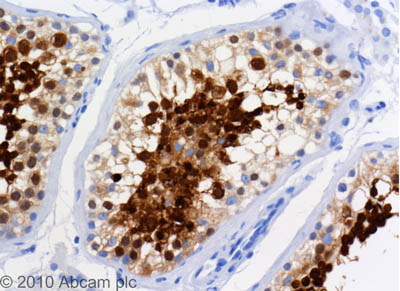
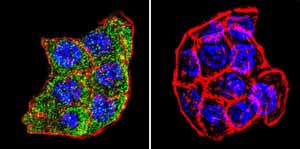
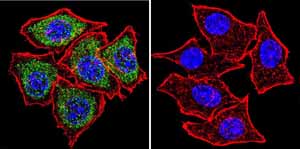
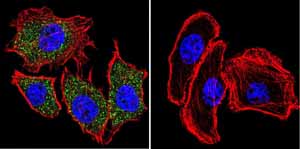
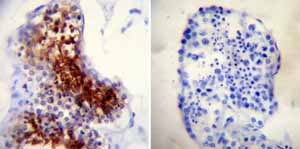
![All lanes : Anti-TPX2 antibody [18D5-1] (ab32795)Lane 1 : MCF7 cellsLane 2 : MCF7 cells overexpressing Aurora ALane 3 : MCF7 cells overexpressing TPX2Lysates/proteins at 20 µg per lane.SecondaryHRP-conjugated donkey anti-mouse IgGdeveloped using the ECL technique](http://www.bioprodhub.com/system/product_images/ab_products/2/sub_5/13587_TPX2-Primary-antibodies-ab32795-27.jpg)